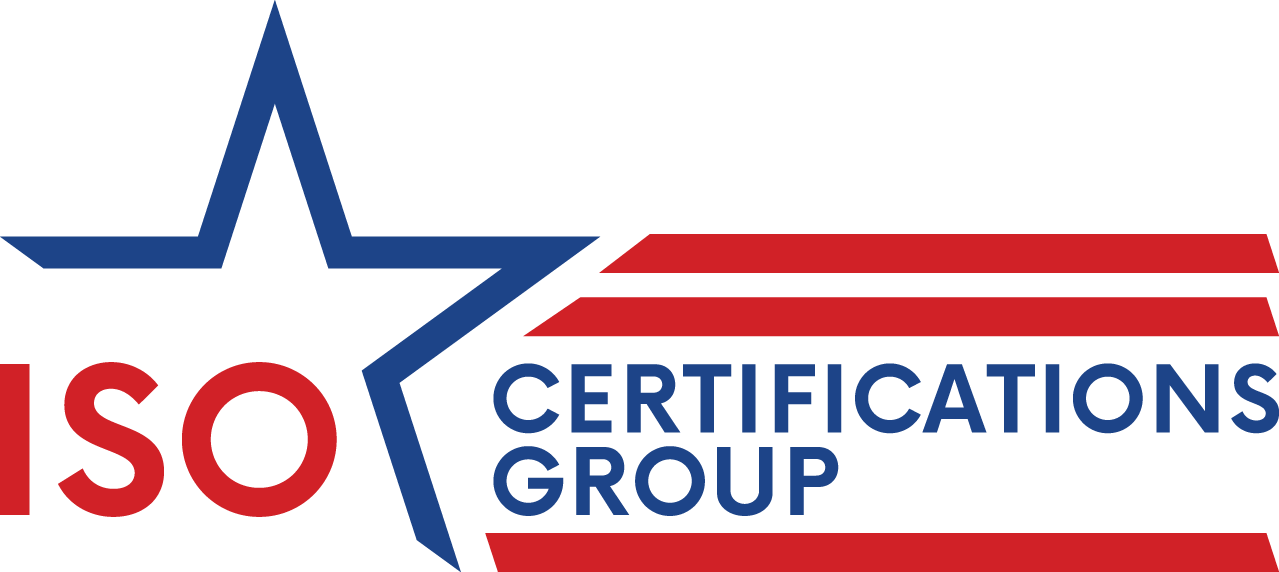The certification process can take time, resources, knowledge and much more to guarantee success. To many organizations, this could be overwhelming as they implement or struggle to certify their management system. Achieving ISO certification will undoubtedly introduce some challenges or obstacles along the way, but the key is knowing how to navigate and overcome them.
In this article, we’re going to address the most common challenges that organizations face throughout the ISO certification process and practices that’ll guide you through them.
Most Common Certification Process Challenges
Limited Understanding of ISO Standards
Many organizations struggle with fully understanding what ISO certification involves. This includes not only grasping the specific requirements of the chosen standard but also recognizing the tangible benefits certification can bring and how it impacts overall business operations. Without this foundational understanding, companies may approach certification as a checkbox exercise rather than a strategic improvement opportunity.
A common pitfall for organizations is underestimating the scope of work required or misinterpreting key requirements. Some businesses make the mistake of relying too heavily on generic templates, assuming that minimal customization is needed. This often leads to systems that do not reflect the organization’s actual processes or risks, reducing the effectiveness and value of certification.
To avoid these issues, it’s essential to invest time in understanding the standard’s intent and how it applies to your specific context. Internal training and partnering with experienced ISO consultants can help ensure your organization interprets requirements correctly and applies them in a way that genuinely supports performance, compliance, and continual improvement.
Lack of Essential Resources
Obtaining ISO certification requires a significant investment of time, personnel, and financial resources… something that can be especially challenging for small and medium-sized enterprises (SMEs). Balancing certification efforts with daily operations often stretches limited resources, making the process seem daunting or out of reach.
However, with the right support and commitment, ISO certification can yield substantial returns. A well-implemented management system, such as ISO 9001, can enhance efficiency, improve customer trust, and open the door to new business opportunities. For SMEs willing to invest wisely, certification isn’t just an expense; it’s a strategic move toward long-term growth and success.
Poor Leadership or Top Management Support
Strong leadership involvement is critical for the successful implementation of an ISO management system. One of the most common reasons these initiatives fall short is a lack of executive engagement or misalignment between top management and operational teams. Without clear direction and commitment from leadership, resources may be allocated inconsistently, and the momentum needed to drive meaningful change can quickly fade.
To avoid this, top management must take an active role from the outset. This includes setting a clear vision, aligning the ISO initiative with business objectives, and communicating its importance throughout the organization. Their visible commitment signals that the effort is a strategic priority, not just a compliance exercise.
Ongoing engagement is also key. By participating in regular progress reviews and staying involved in key decisions, leaders reinforce accountability and help overcome obstacles. When leadership is fully invested, it sets the tone for the rest of the organization and significantly increases the chances of a successful, value-driven ISO implementation.
Lack of Employee Engagement
Employee resistance or lack of awareness is a common challenge during ISO implementation. When team members are not adequately informed about the purpose and benefits of certification, they may perceive the process as overly bureaucratic or disruptive to their daily routines. This is especially true when the changes impact long-standing workflows and practices.
To overcome this hurdle, clear communication and targeted training are essential. Organizations should engage employees early through informative workshops, regular updates, and open Q&A sessions. These efforts help demystify the process and build a shared understanding of how ISO standards support quality, efficiency, and continual improvement.
Involving employees and recognizing their contributions also helps foster a culture of ownership and accountability. By actively addressing concerns and highlighting the value of their role in the implementation, organizations can build stronger buy-in and lay the foundation for lasting success.
Lack of A Thorough Planning Phase
Rushing into ISO certification without a clear, structured plan often leads to confusion, duplicated work, and overlooked requirements. Many organizations underestimate the time, coordination, and cross-departmental collaboration necessary for a successful implementation. Without proper planning, critical steps may be missed, and the process can become inefficient and frustrating for everyone involved.
To avoid these pitfalls, ISO implementation should be approached as a formal project. Establish clear timelines, assign specific responsibilities, and set measurable milestones to guide progress. Leveraging tools like Gantt charts and project management software can help maintain visibility, track progress, and ensure accountability across all departments. A disciplined, organized approach not only improves efficiency but also supports a smoother path to certification.
Conclusion: Prepare & Conquer ISO Certification
Achieving ISO certification may seem complex, but with the right mindset, preparation, and support, your organization can turn challenges into opportunities. By understanding the standards, securing leadership and employee engagement, allocating appropriate resources, and approaching implementation with a solid plan, you can navigate the process with confidence. With each obstacle overcome, you’re not just moving closer to certification; you’re building a stronger, more efficient organization.
At ISO Certifications Group, we support you throughout the entire process to make certification smooth and simple. Ready to get started? Contact us today.

